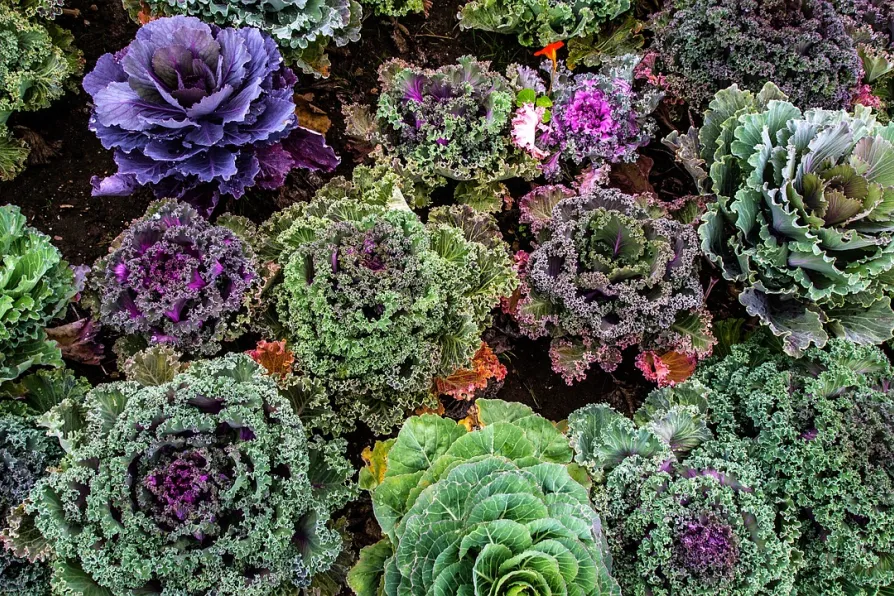After years hidden away, Oldham’s memorial to six local volunteers who died fighting fascism in the Spanish civil war has been restored to public view, marking both a victory for campaigners and a renewed tribute to the town’s proud International Brigade heritage, says ROB HARGREAVES
Kale is not just for the hipsters
by Mat Coward


KALE’S somewhat bizarre trendiness in recent years shouldn’t be allowed to obscure the fact that it remains one of the best crops available for an allotment or vegetable garden.
It’s highly productive, relatively trouble-free, resistant to clubroot – which ruins many other brassicas – and fully hardy from north to south.
Seeds sown in a warm June will soon overtake those sown in a cold May and can be started outside in a seedbed or under cover in small pots.
Similar stories

Well, MAT COWARD did, and here’s his introduction to it

It’s a dead easy crop to grow and can be made into one of Britain’s best sauces. MAT COWARD explains how

MAT COWARD battles wayward pigeons in pursuit of a crop of purple sprouting broccoli

Although there’s not much growing in the garden in January, globe artichokes are worth a try if you follow these tips from MAT COWARD










